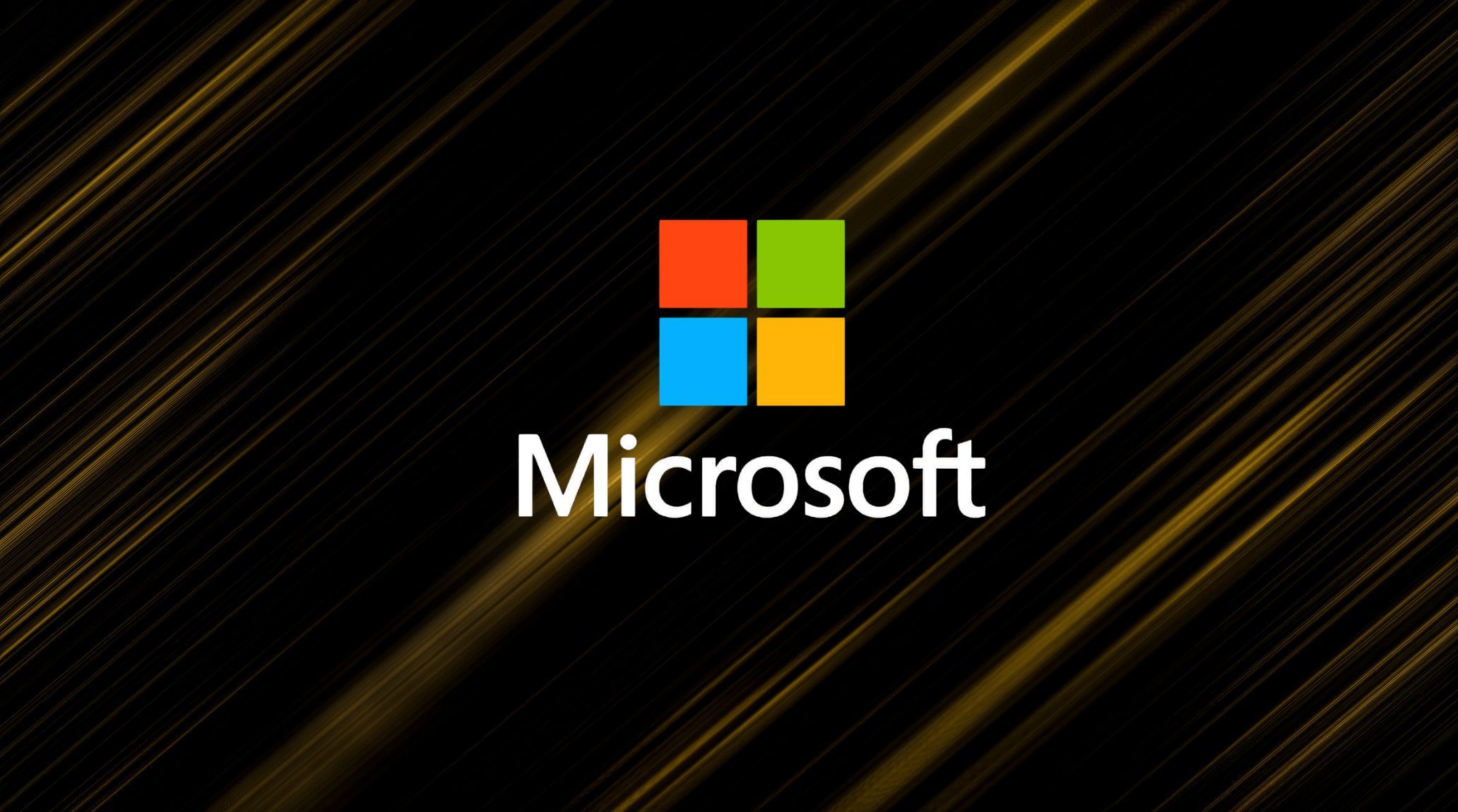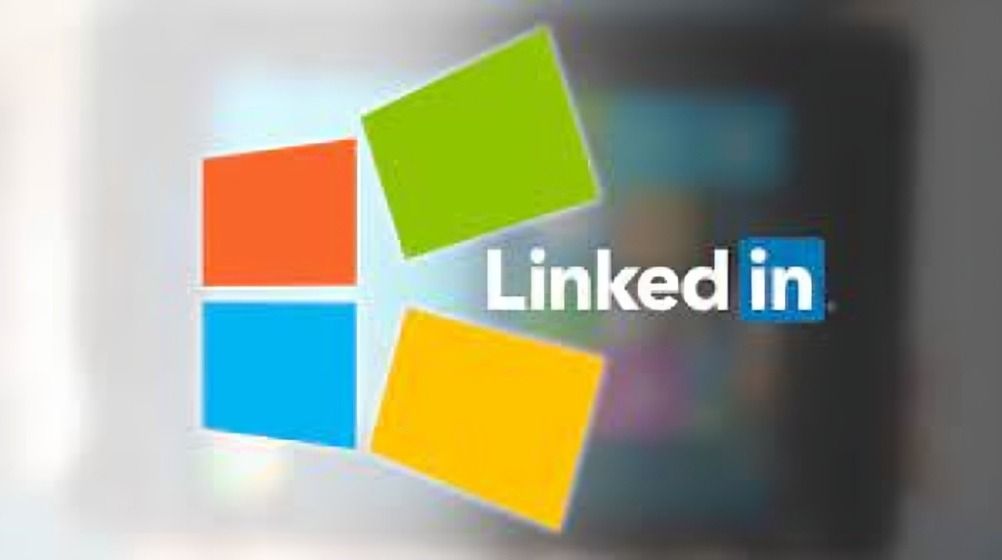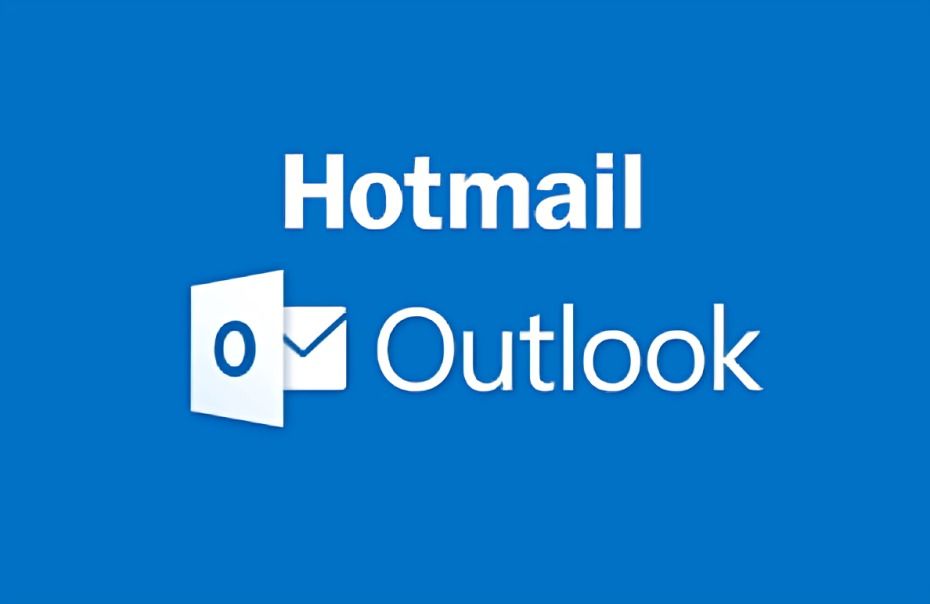
“
Microsoft’s evolution is a remarkable journey of innovation and adaptation. From its early days as a software company, it has transformed into a global tech leader. By embracing cloud computing, artificial intelligence, and hardware, Microsoft continues to shape industries and redefine the future of technology.1
1
”
Microsoft, founded in 1975 by Bill Gates and Paul Allen, became a global technology leader by creating the MS-DOS operating system, followed by the revolutionary Windows platform in 1985. 1
In 1980, Microsoft partnered with IBM to provide an operating system, leading to the creation of MS-DOS, which became the foundation of Microsoft's dominance in the personal computer market. 2
The company’s Office suite, launched in 1990, remains the world’s most popular productivity software, with Word, Excel, and PowerPoint defining workplace and educational tools.3

Microsoft’s high-profile acquisitions, including LinkedIn for $7.5 billion in 2016, have expanded its influence in professional networking and open-source development, strengthening its presence in key technology sectors.
Microsoft entered the gaming industry in 2001 with the Xbox console, which revolutionized home entertainment and established a dominant presence in gaming hardware and services. 4
Satya Nadella, CEO since 2014, transformed Microsoft by focusing on cloud computing, making Azure a major competitor to Amazon Web Services (AWS) in cloud infrastructure. 5
Microsoft has significantly impacted tech through innovations in personal computing, cloud services, gaming, and strategic acquisitions. From MS-DOS to a cloud computing leader, it continues to shape technology’s future. 6

On December 31, 1997, Microsoft acquired Hotmail.com for $500 million, its largest acquisition at the time, and integrated it into the MSN group, enhancing its online services portfolio.
Microsoft acquired GitHub in 2018 for $7.5 billion, enhancing its presence in open-source software development and supporting global coding communities.7
In 2020, Microsoft won 11 awards, including Best Company for Diversity, Best CEO, Best Company Culture, Best Perks & Benefits, and Best Leadership Teams, highlighting its commitment to inclusivity and excellence. 8
After Lu's departure, Microsoft introduced Teams on November 2, 2016, as a direct competitor to Slack. Teams was officially launched worldwide on March 14, 2017, revolutionizing workplace communication. 9

Microsoft employees, often called "Softies," number over 88,000 across various locations. The company’s vast workforce contributes to its success, fostering innovation and supporting its global operations.
On December 31, 1997, Microsoft acquired Hotmail.com for $500 million, its largest acquisition at the time, and integrated it into the MSN services, enhancing its online offerings.10
Microsoft's original logo, designed in a single day, featured a disco-inspired design. It was used from 1975 to 1979 before the company transitioned to a more modern logo. 11
The "Blue Screen of Death" (BSOD), originating from Microsoft, appears when Windows encounters a critical error. While frustrating, it has become an iconic symbol of system crashes and failures. 12

Microsoft Office 2007 introduced the Ribbon interface, replacing traditional menus and toolbars. This visually appealing and intuitive design revolutionized productivity software, enhancing user experience and making features more accessible.
Microsoft’s partnership with OpenAI and investments in ChatGPT reflect its commitment to advancing generative AI applications and conversational technologies. 13
Microsoft's Xbox Game Studios, bolstered by acquisitions like Mojang (Minecraft) and Bethesda Softworks, has strengthened its gaming industry presence and expanded its portfolio of exclusive titles, solidifying its market leadership. 14
Released in 2001, Windows XP was officially unsupported by Microsoft after April 2014. However, around 30% of all PCs continue to use the operating system despite the lack of official support. 15
Microsoft’s global influence includes education through Microsoft Learn, which offers free resources and certifications, helping to skill the future workforce and empower individuals with valuable knowledge for career development. 16


